Description
JAMB Past Questions and Answers for Biology PDF Download 2025
Our Jamb / UTME Past Questions and Answers For Biology are compiled from a large number of previous written exams administered by the Joint Admissions and Matriculation Board. The Joint Admission and Matriculation Board (JAMB) was originally known as the Joint Admission and Matriculation Examination (JAMB), but it is now known as the Unified Tertiary Matriculation Examination (UTME)
Exam preparation with past questions is usually beneficial. Past questions are useful for exam preparation because they give you practical insight into how the assessment body designs their exams, how the exam you’re prepared for might look, and what important themes or subject areas are likely to be covered. Teststreams brings you the official JAMB Biology Past Questions in a PDF format.
To do well in the JAMB literature exams, you must prepare thoroughly. This is why it is critical for JAMB exam applicants to practice with JAMB past questions. You can access the JAMB Biology past questions and answers here.
Free Jamb Biology Past Questions (Sample Questions)
Below are Biology sample questions from the Joint Admissions and Matriculations Board UTME examination. This is just a preview of what the question looks like.
In each of question, choose the option that rhymes with the given word.
Question one The lowest level of organization in living organisms is
A. organ
B. cell
C. system
D. tissue
Question two Which of the following is the most complex according to their cellular level of organization?
A. Heart
B. Hair
C. Euglena
D. Hydra
Question three In bryophytes, sex organs are produced in the
A. protonema
B. sporophyte
C. gametophyte
D. rhizoid
Question four Seed plants are the most dominant vegetation on land because of
A. their motile gametes
B. their ability to photosynthesize
C. efficient seed dispersal
D. availability of water
Question five Which of the following is an arboreal organism?
A. Elephant
B. Fish
C. Antelope
D. Bird
Question six In vascular plants, the sieve tubes and companion cells are present in the
A. cambium
B. cortex
C. xylem
D. phloem
Question seven The stomata of leaves are similar in function to the
A. pharynx of humans
B. scales of fish
C. spiracle of insects
D. trachea of toads
Question eight Which of the above correctly describes the growth pattern in plants?
A. I, II and III only
B. II and III only
C. I and II only
D. I and III only

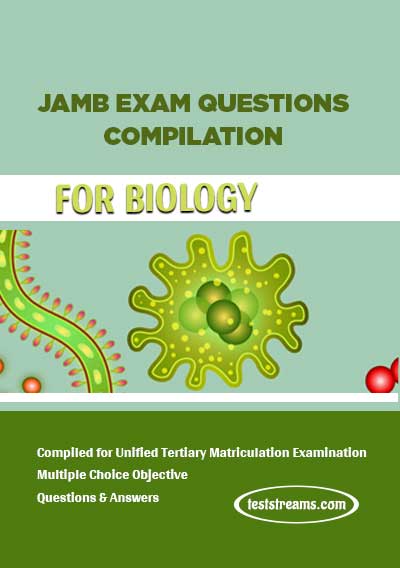




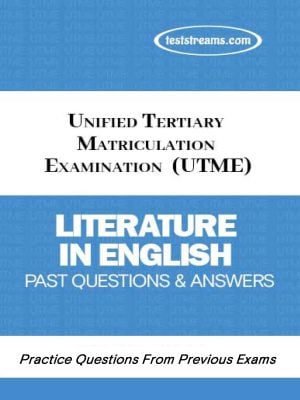
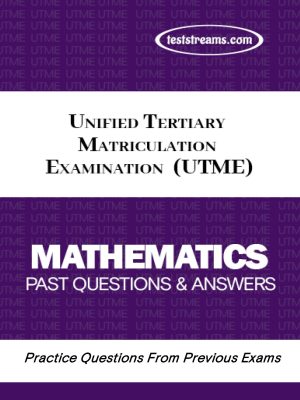

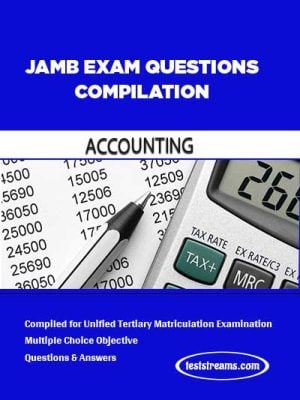
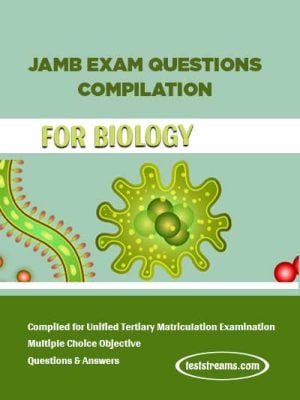
Aladeokomo Peter opeyemi –
Excellent
Aladeokomo Peter opeyemi –
Marvelous